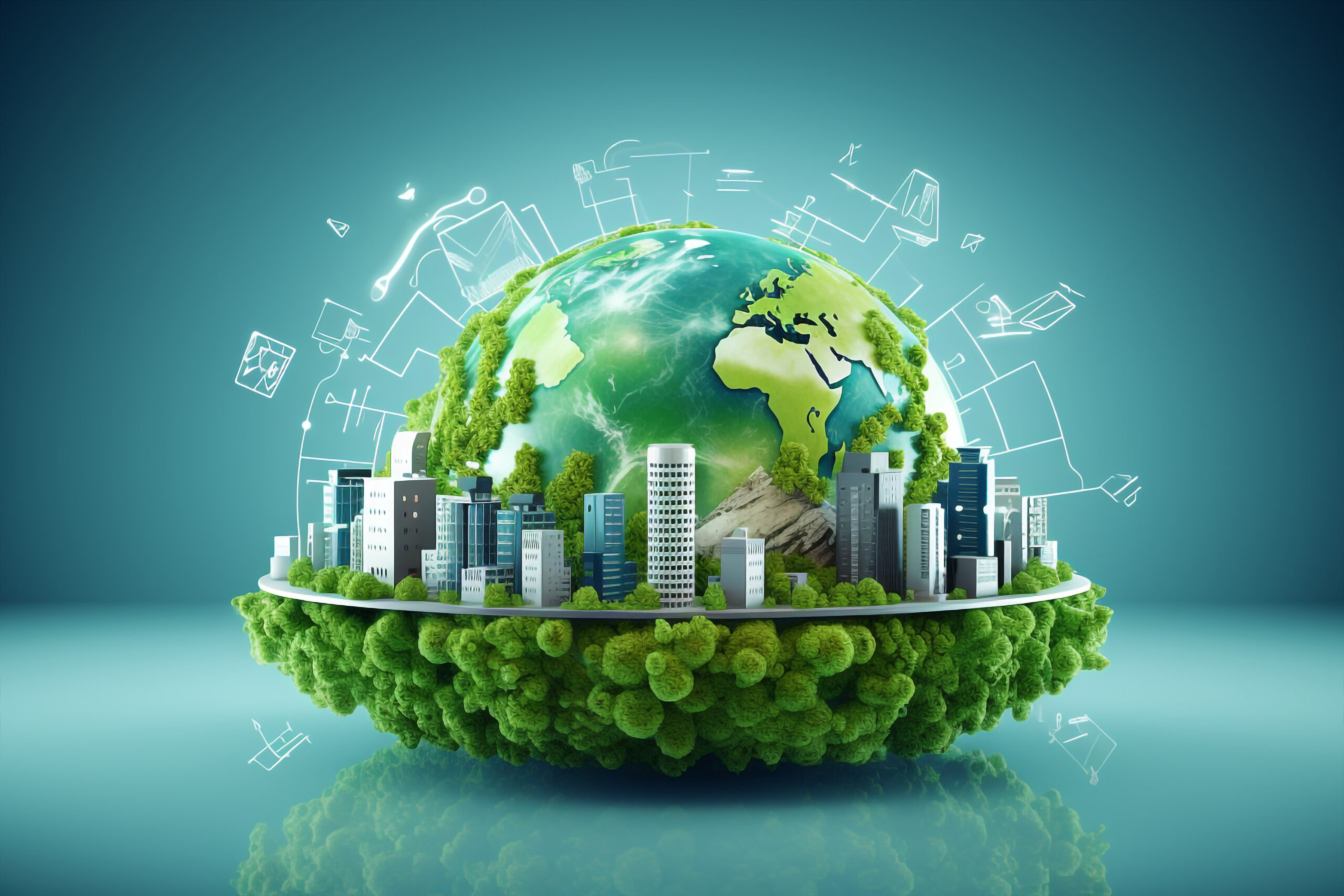A New Kind of Legacy
When I left the NFL and transitioned into commercial real estate, I knew I wanted to build more than just buildings—I wanted to build something meaningful, something that would last. As a developer, my goal has never been about short-term wins or flashy high-rises. My focus is on creating lasting impact in communities, especially those that have been overlooked or underserved. That’s what drives our work at Kingsley + Co., and that’s why sustainable development has become such a personal priority for me.
For me, sustainability isn’t just about solar panels and green roofs—although those are important. It’s about building neighborhoods that will serve the next generation. It’s about creating spaces that are healthy, resilient, and inclusive, places where families can thrive and communities can grow stronger together. Sustainable development is about legacy—and not just my legacy, but the legacy of the neighborhoods we work in.
What Sustainability Really Means
When people hear the word “sustainability,” they often think only of the environmental side: energy-efficient buildings, water conservation, and reducing carbon footprints. Don’t get me wrong—those things matter. They’re critical in the face of climate change and environmental degradation. But sustainability is broader than that. It also means economic sustainability—giving communities the tools and infrastructure to create their own future—and social sustainability, which includes access to education, healthcare, transportation, and affordable housing.
In many of the neighborhoods we serve, sustainability starts with stability. You can’t talk about the future if families are still worried about staying in their homes or putting food on the table. That’s why we build with intention. We think long-term. We don’t just develop and disappear—we stay involved. We build partnerships with local leaders, business owners, and residents so that each project becomes a foundation for something greater.
Listening First, Building Second
I’ve learned that the most important part of sustainable development is listening. Too often, developers come into a community with big ideas but no real connection to the people who live there. That approach almost always fails, because you can’t build for a community without first understanding what it actually needs.
Before we break ground on any project, we take the time to listen. We meet with residents. We engage with local nonprofits. We work with city leaders to understand the deeper issues and the bigger picture. Every community has its own identity, history, and challenges. Sustainability means respecting those differences and designing solutions that fit the local context—not imposing one-size-fits-all models from the outside.
When you listen first, you learn what really matters: affordable housing that doesn’t cut corners, commercial spaces that support local entrepreneurs, green spaces that bring neighbors together, and infrastructure that helps people get where they need to go. That’s how you build something that lasts.
Building for Resilience
One of the most powerful aspects of sustainable development is its focus on resilience. In too many places, especially in underserved urban areas, infrastructure is aging, housing is substandard, and basic services are unreliable. Add to that the pressures of climate change—more intense storms, flooding, and heat waves—and you have communities that are constantly under stress.
Our goal is to build developments that can withstand those pressures, not just physically, but socially and economically as well. That means incorporating green building practices and sustainable materials, yes—but it also means building community centers, job training hubs, and mixed-use developments that offer both housing and opportunity. It’s about creating spaces that bounce back—and help people bounce back, too.
Teaching the Next Generation
As someone who’s had multiple careers—athlete, student, entrepreneur, developer—I believe in the power of mentorship and education. And I believe it’s part of our responsibility as developers to create opportunities for the next generation to learn, grow, and lead.
In our projects, we look for ways to involve young people—whether that’s through internships, workforce development programs, or partnerships with local schools and universities. I want the next generation to see real estate not as something that happens to their neighborhood, but as something they can take part in. I want them to know that they can be architects, engineers, planners, and investors. That they can shape the future of their community.
To me, that’s sustainability, too—building not just physical spaces, but a pipeline of future leaders who will continue the work long after we’re gone.
We’re at a turning point in this country. Cities are growing, the climate is changing, and economic inequality is widening. But in all of that, I see opportunity—an opportunity to do things differently, to build better, and to center our work on people and purpose.
At Kingsley + Co., we’re committed to building for the next generation. That means asking hard questions, being thoughtful in our decisions, and always looking at the long game. It’s not the fastest path, and it’s not always the easiest—but it’s the one that leads to real, lasting change.
Sustainable development isn’t just good for the planet—it’s good for people. It’s good for neighborhoods. It’s good for business. And most importantly, it’s good for the future we’re all trying to create.
